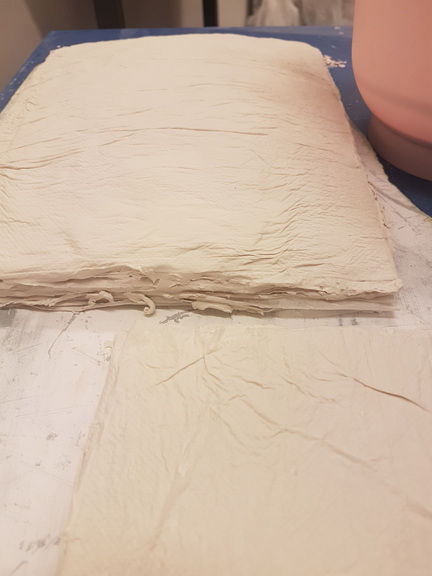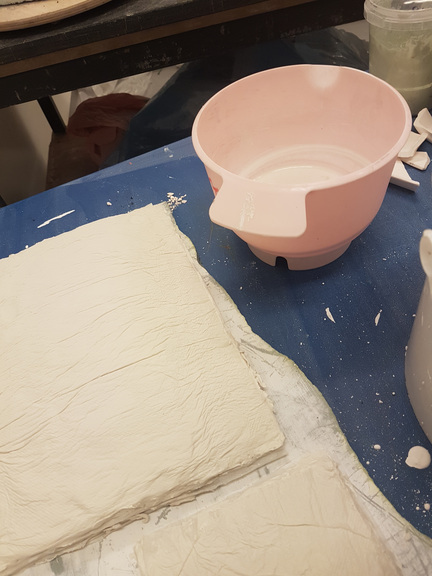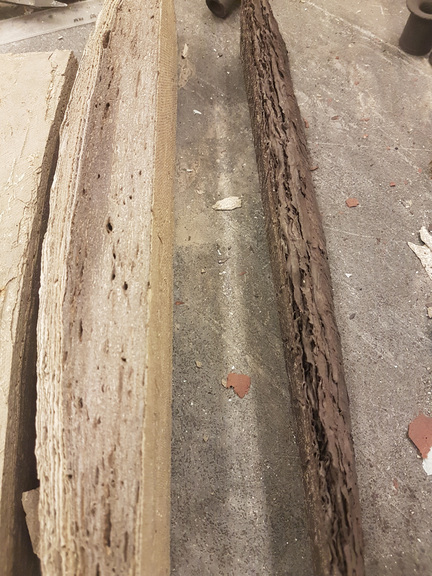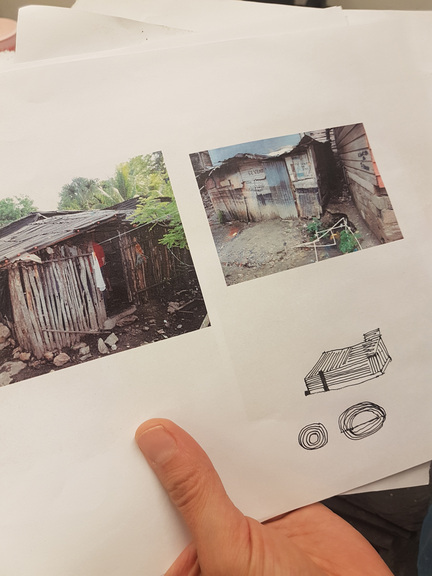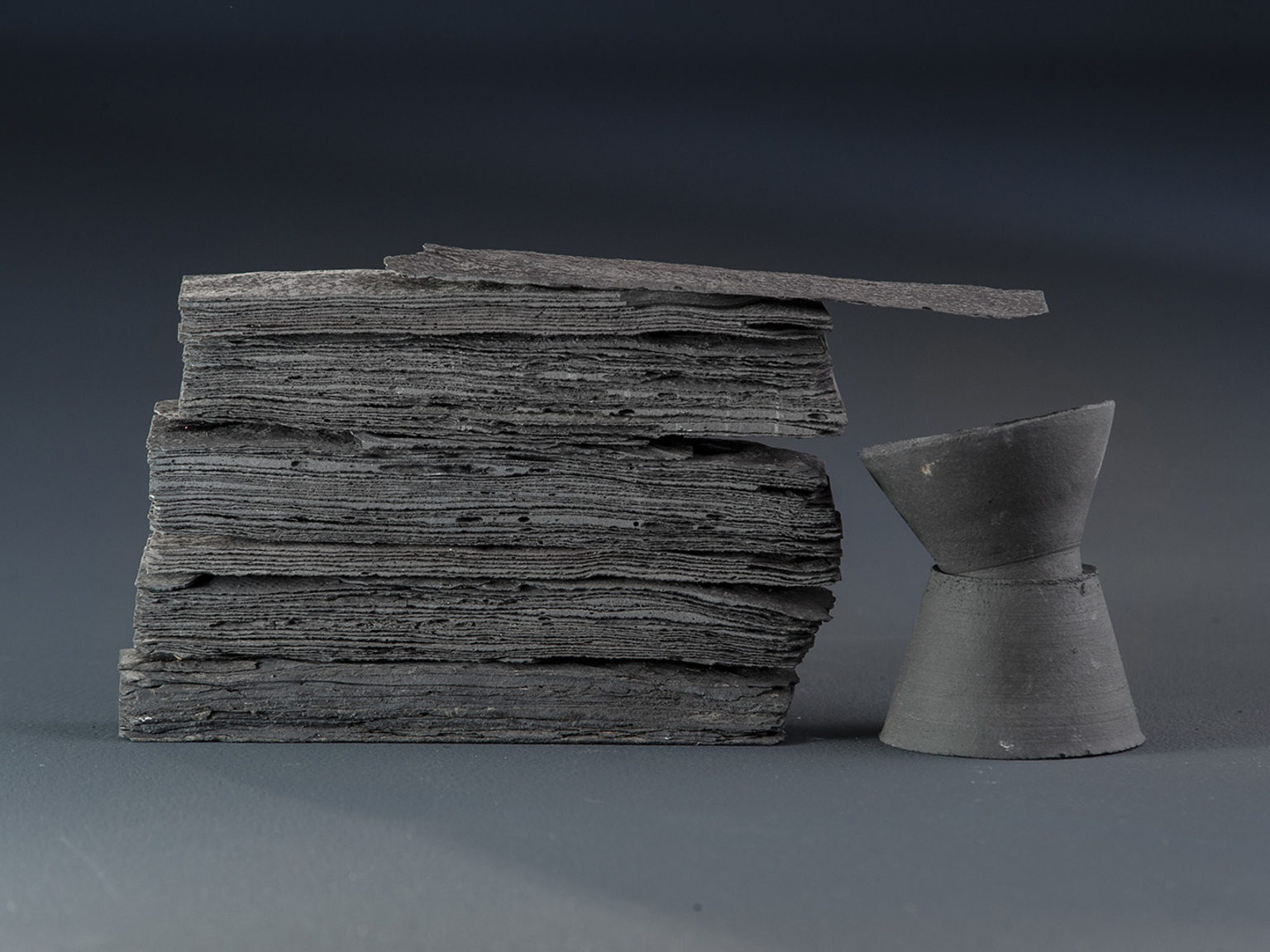
BA work purchased by KODE
Berenice Janice Hernández Hernández is in her second year of a bachelor in Medium- and materialbased art. Recently she exhibited at Årsutstillingen, one of the most important events within contemporary materialbased art, and her work is now bought by KODE Art Museum in Bergen.
"It is crazy, someone should pinch me, can this be real? But most of all I’m very happy," Berenice Janice Hernández Hernández says with a calm smile when asked about how she feel about KODE buying her work.
Tell us about the work bought by KODE?
"The name of the work is Station. I’m interested in architecture and I’m from Mexico where migration is a huge part of everyday life. Now, with Trump, it has become an important issue for the whole world. What happens to you, personally, good or bad, when you go to a transitory space? It is unstable, you don’t know how long you will stay, but you know it is temporary in trying to reach a safer space. I imagine this situation in my work and create a thin, fragile roof – made from paper clay to illustrate how, though you find shelter, you never know if it is good enough – if you are safe."
She works with porcelain, stoneware, earthenware and paper to create blocks later used as building material. Those blocks are made by hundreds of layers of clay, which, after firing and depending on the color, size, shape and thickness, could look like wood, paper, a rusty piece of metal or a metamorphic rock. With these blocks she build spaces, shelters, dwellings, stations, to investigate the power of architecture.
You are a former Industrial Engineer from the automotive industry in Mexico and now you are a Ceramic Artist – why ceramics?
"Ceramics is completely opposite of my work as an engineer. In Mexico you have to choose becoming a doctor, a lawyer or an engineer to be successful and put food on your table. Only very brave people become artists. I worked in the automotive industry. It is amazing to see how fast people put the cars together – but it is also heartbreaking to see them do the same movements over and over again in such speed. It is all about automation and exploiting people, and my job was to find how they could work even faster.
"I’ve always wanted to express myself and I’ve trid many things, m a n y, untill I found ceramics. It was like a breath of fresh air. The process is so slow. You don’t have to make 100 cups, you can just think and be."
Something right
After leaving the automotive industry she tried many different jobs working in the electronic industry, beauty industry, retail and social media, but it was her ceramics hobby that made her happy. So her boyfriend, which is Swedish, suggested they’d take a year off so she could study ceramics in Sweden.
How has the transfer from a hobby ceramicist in Mexico to a bachelorstudent in KHiO been?
"Everything changed when we made the decision to move. We stayed two years in Sweden, studying at Leksand Folkhögskola and then I was accepted at KHiO. Life has been amazing. I have had only positive experiences living in an other country, I wish everyone could have this experience as a migrant. And without KHiO I could never do this work. Back to what I said about spaces, because I am here I can explore what I want. In this school there are no restrictions on how much time you have to use the kilns or how much time you have to do this and that. When you explore, you need this space. And as a Mexican living in Oslo – maybe I would never have thought of these spaces if not living in a very different country."
"As an artist you must prepare for a long career of disappointments and hard work – and being uncertain of where you are heading. When I was told KODE bought my work it gave me the reassurrance that I’m doing something right and it gives me hope."

